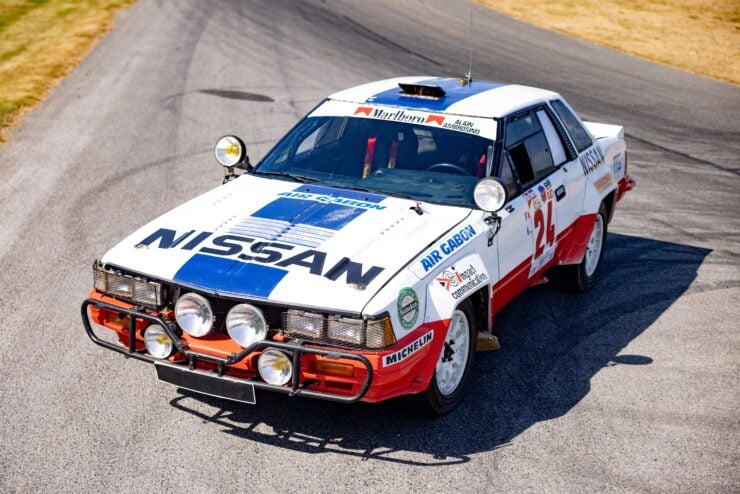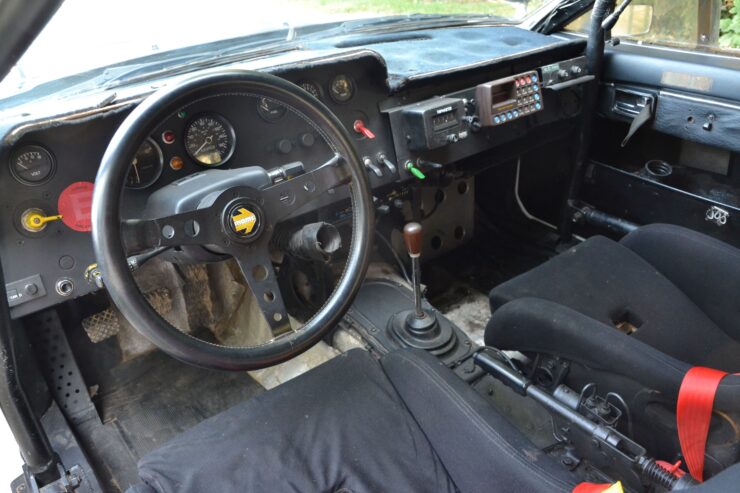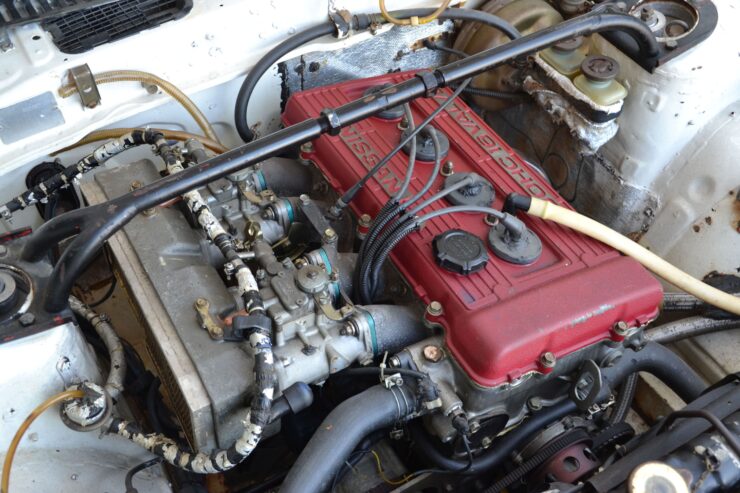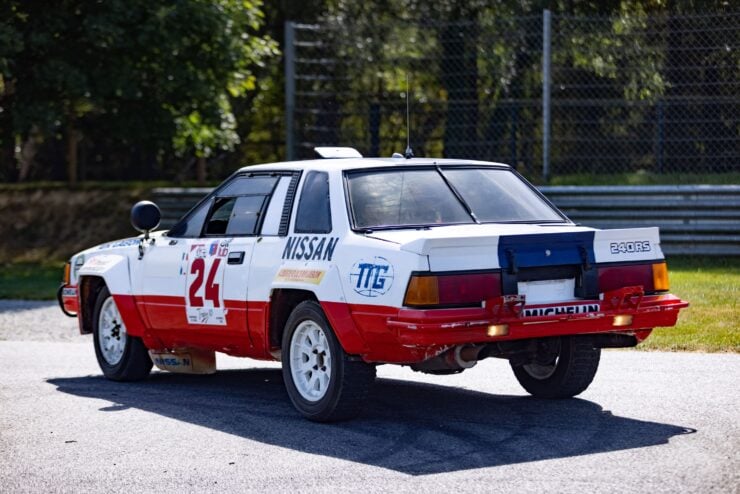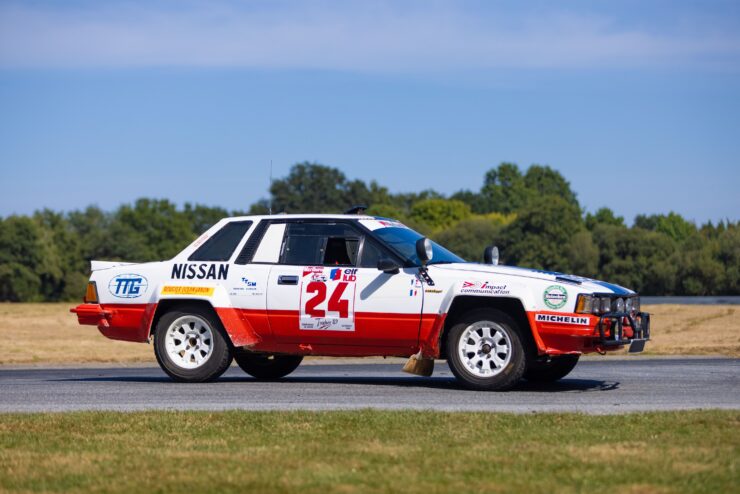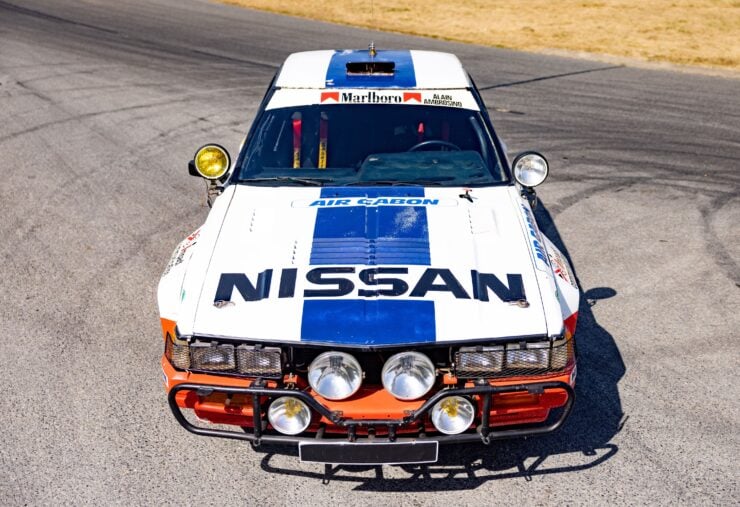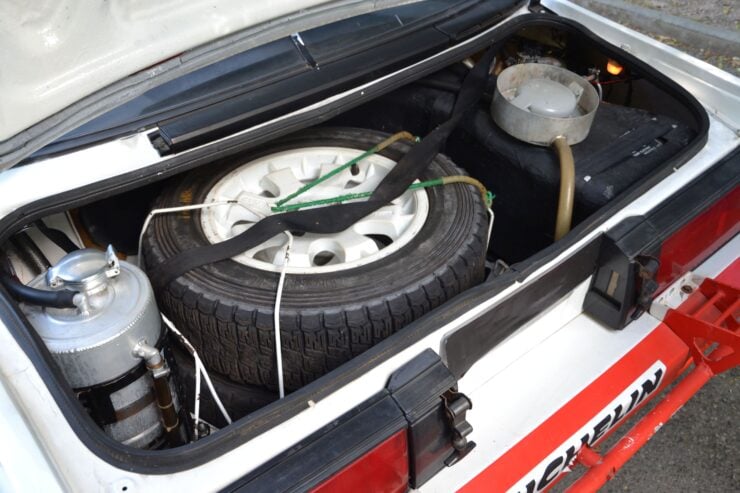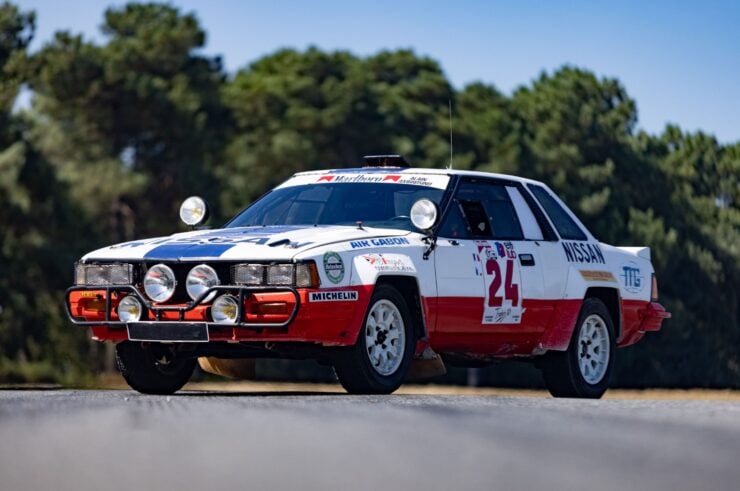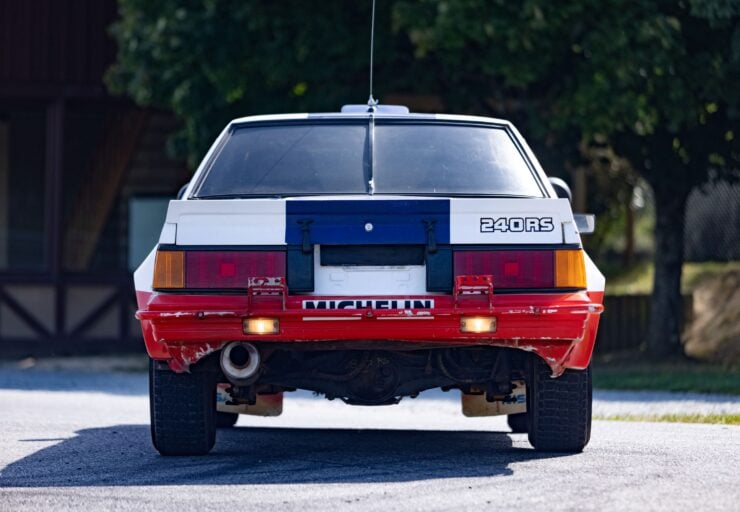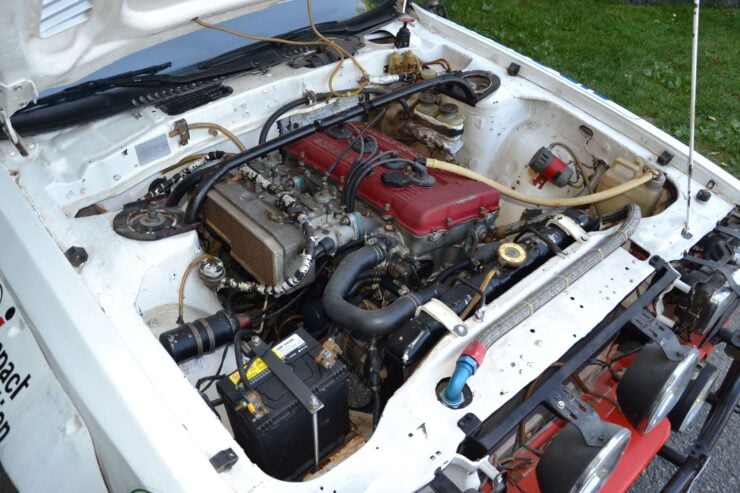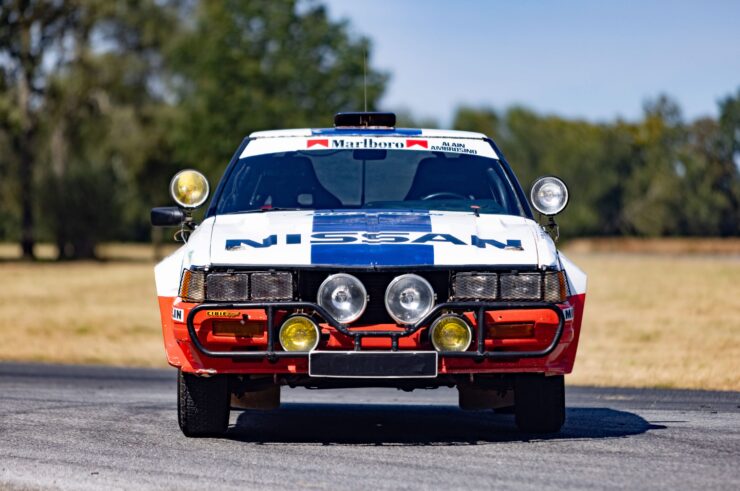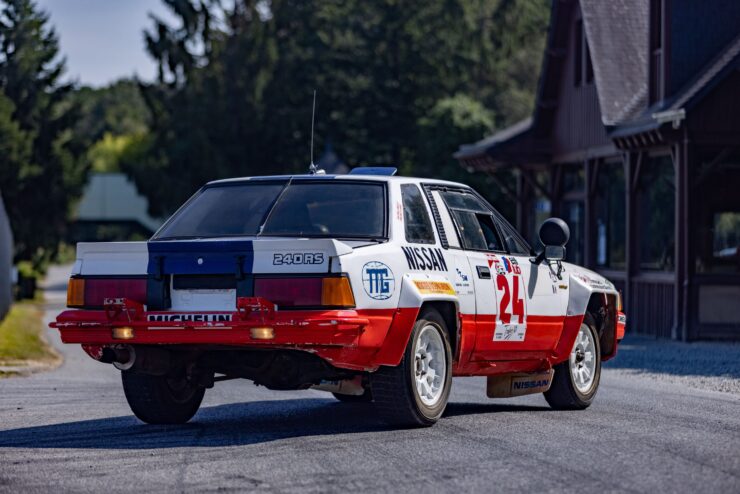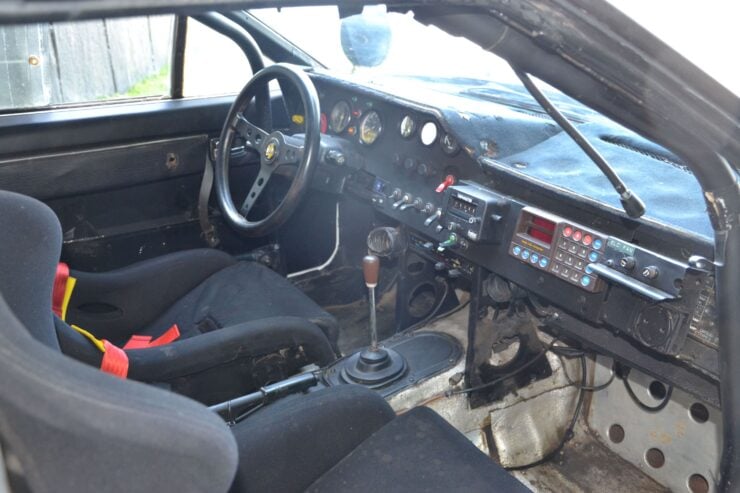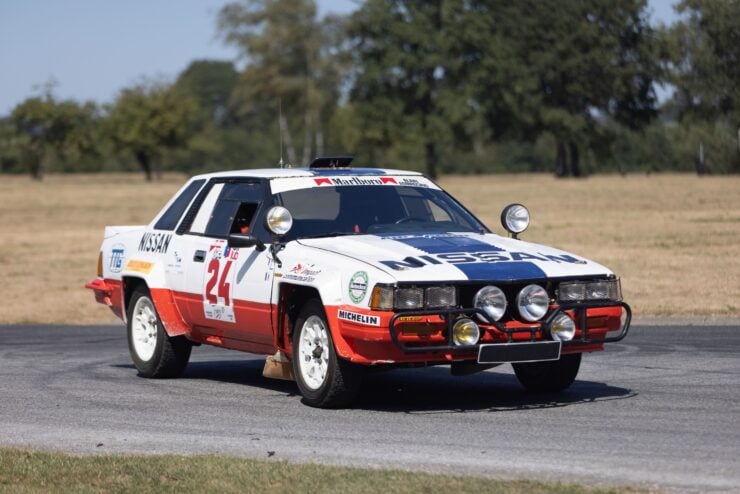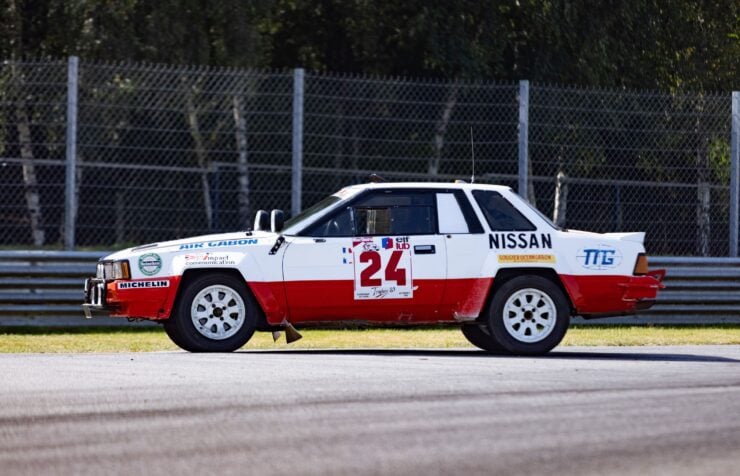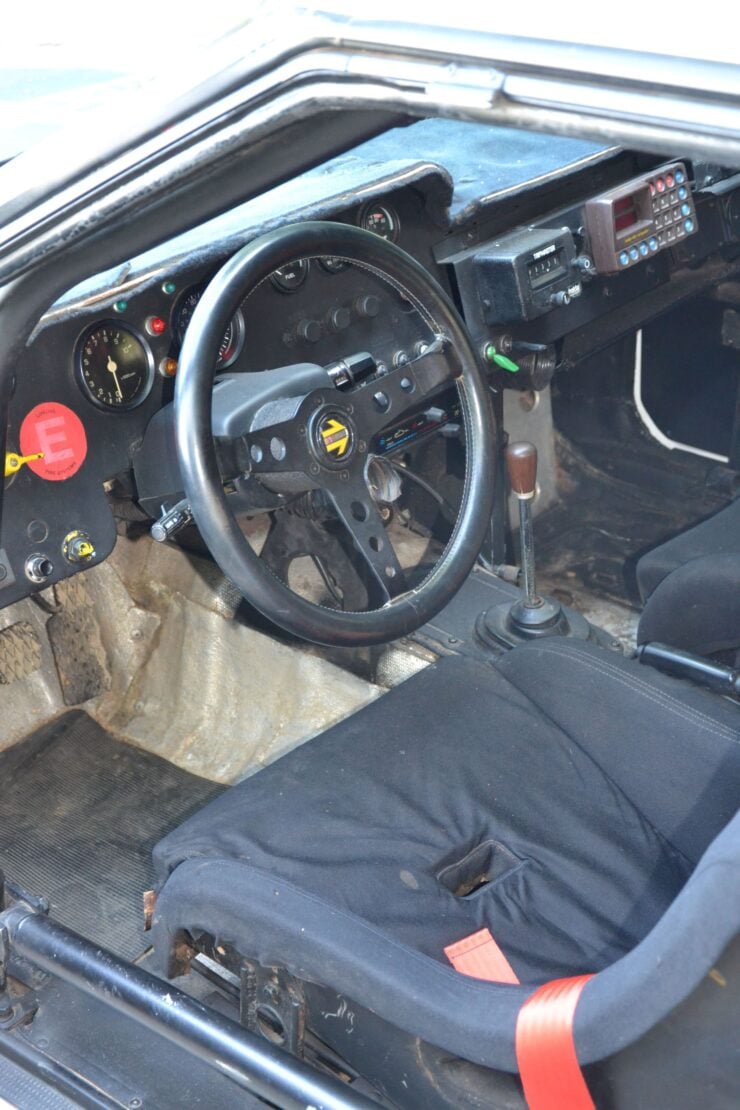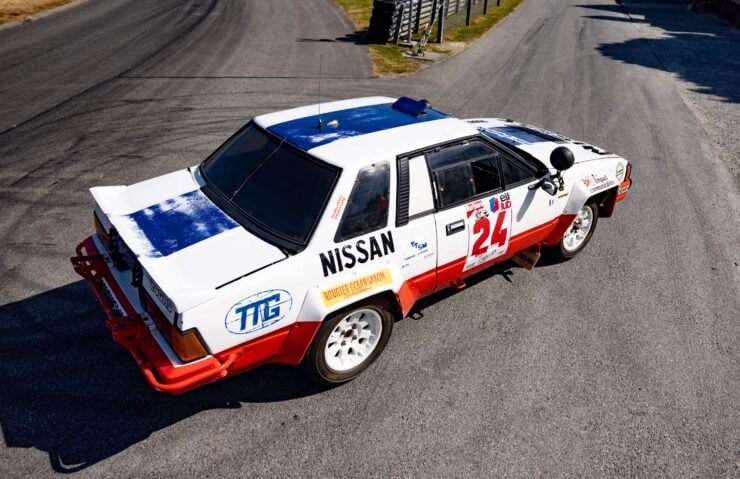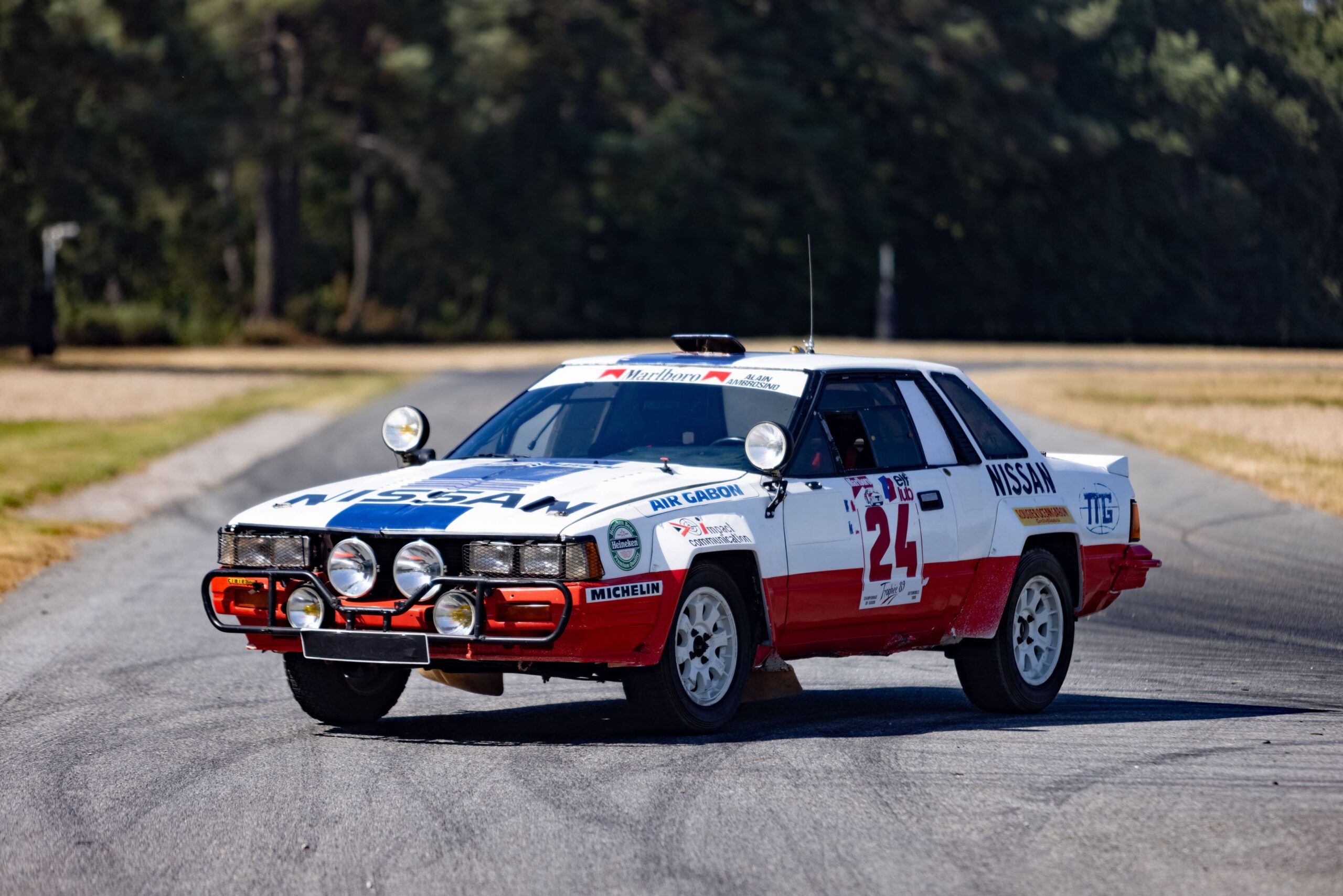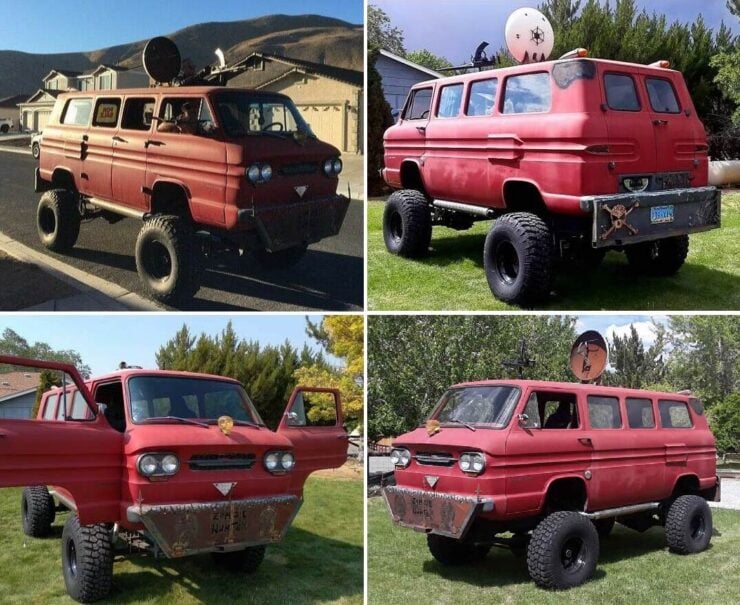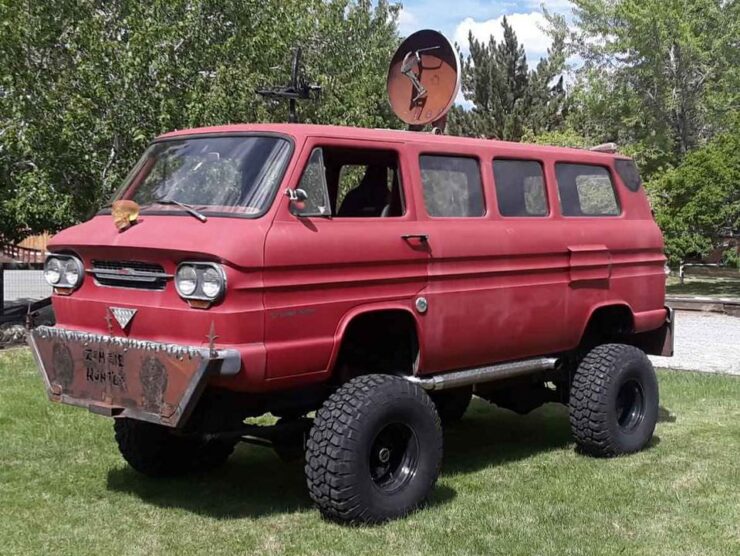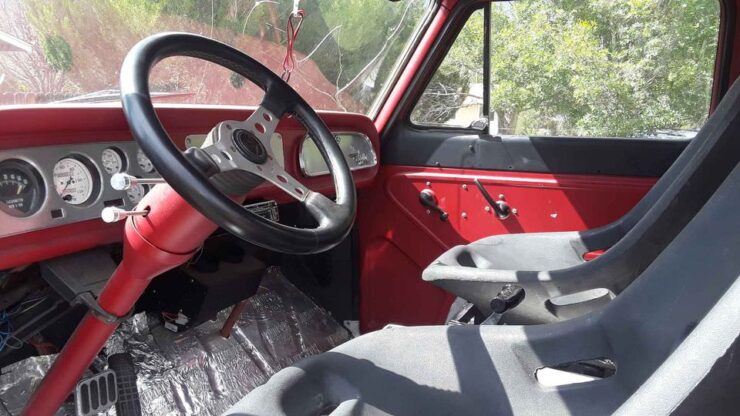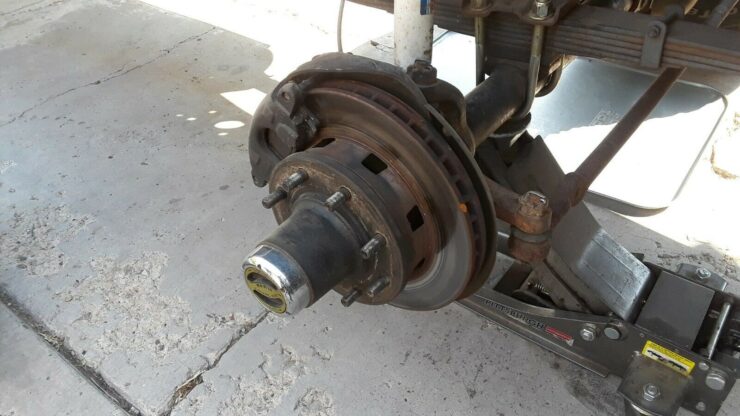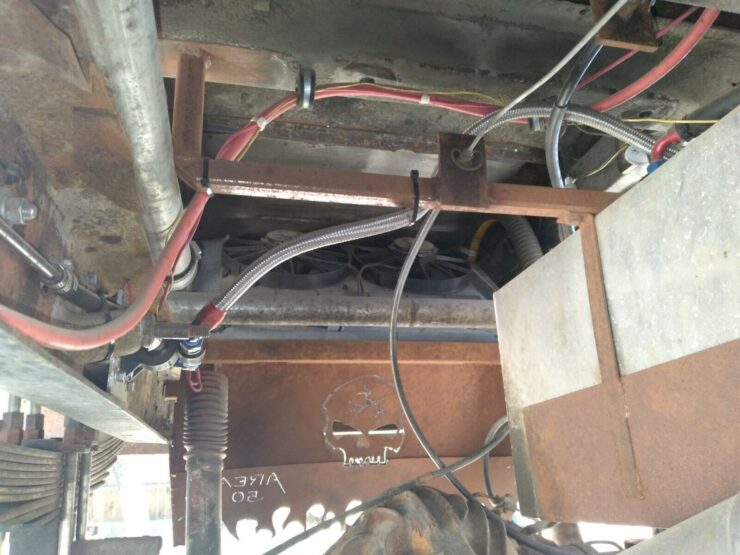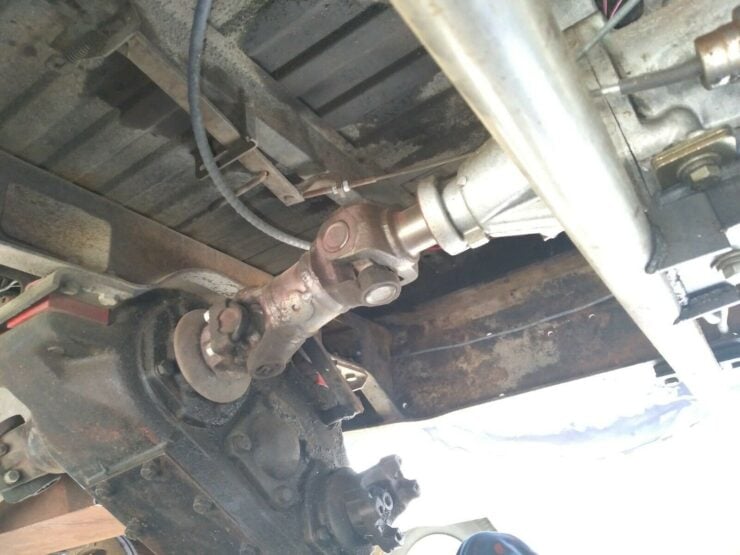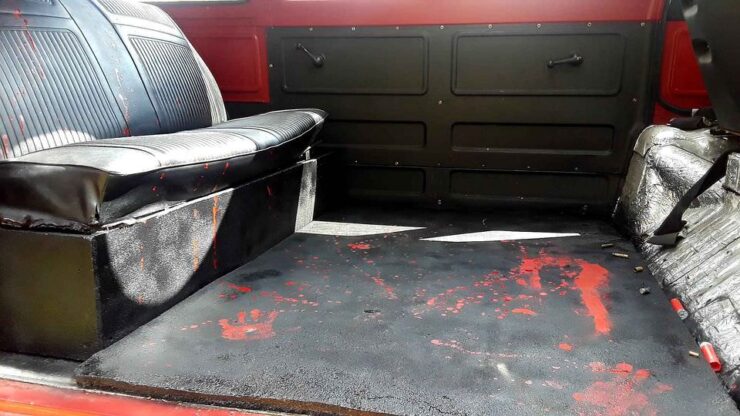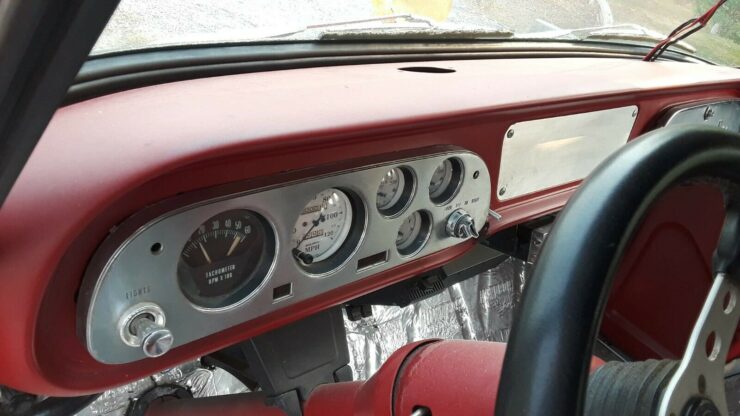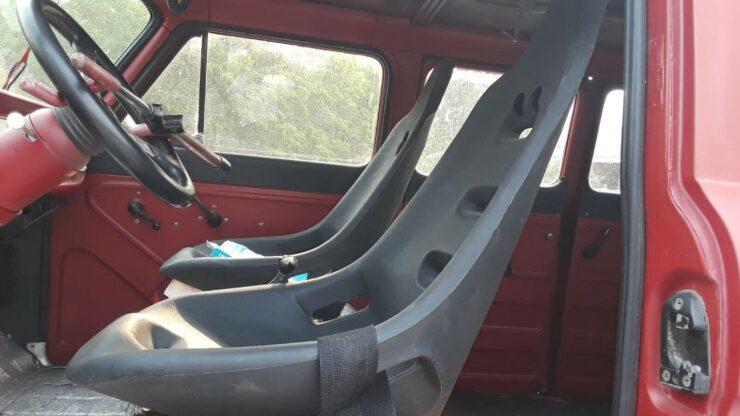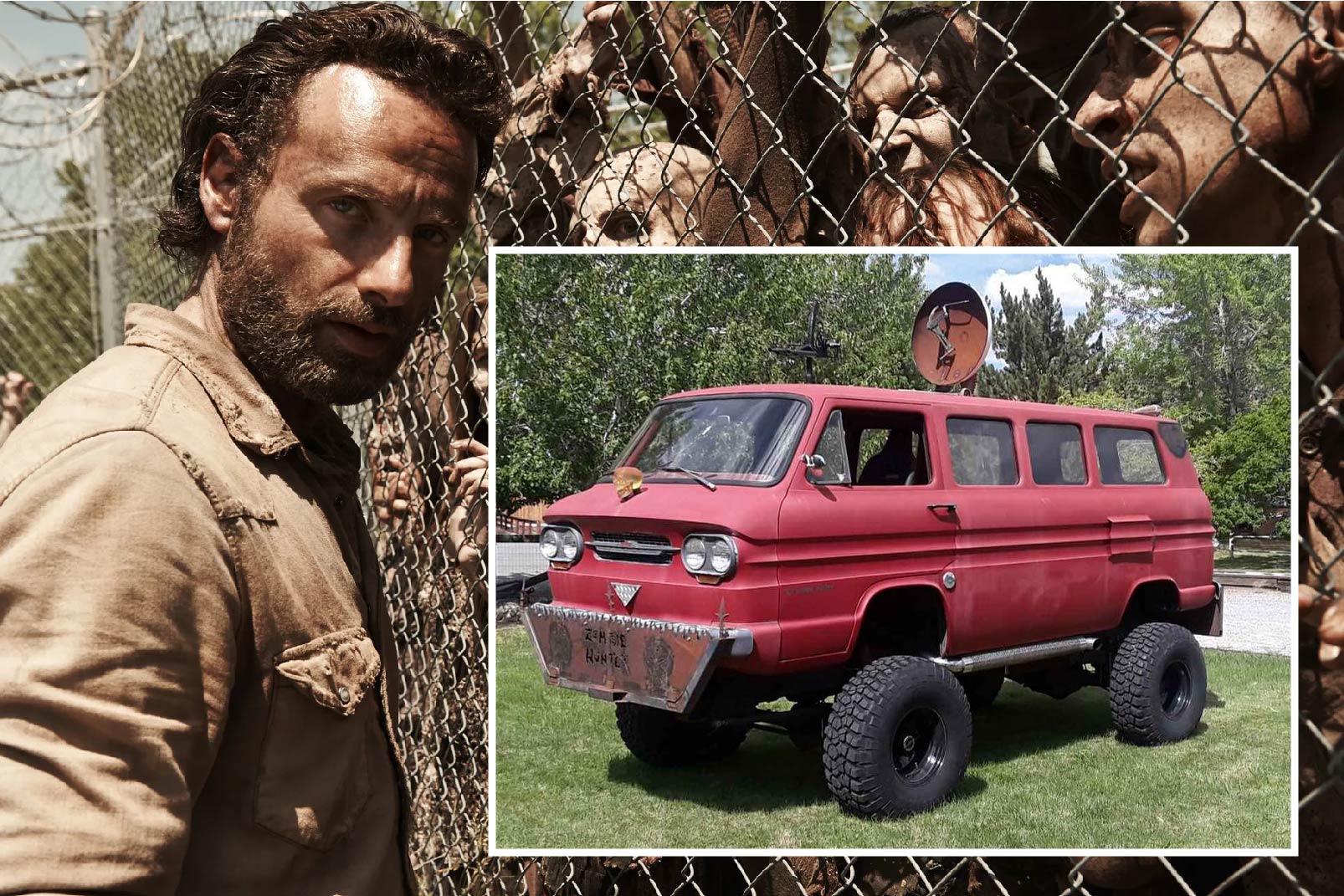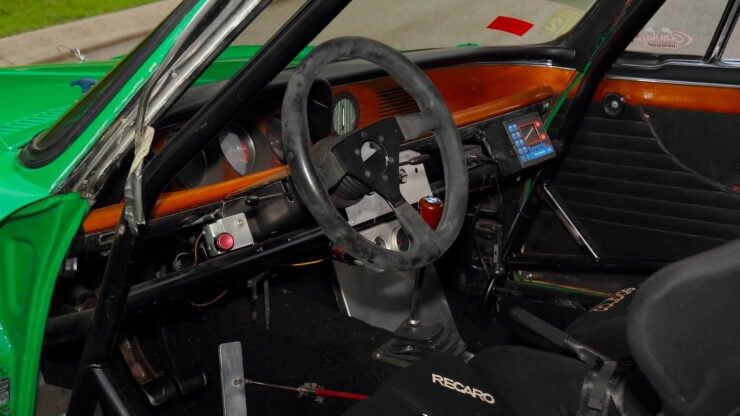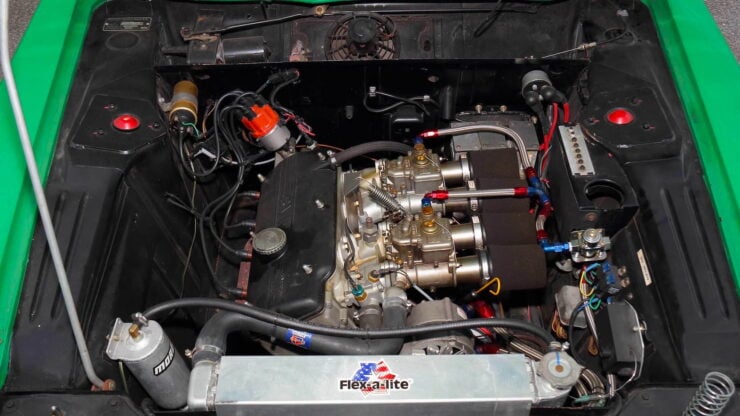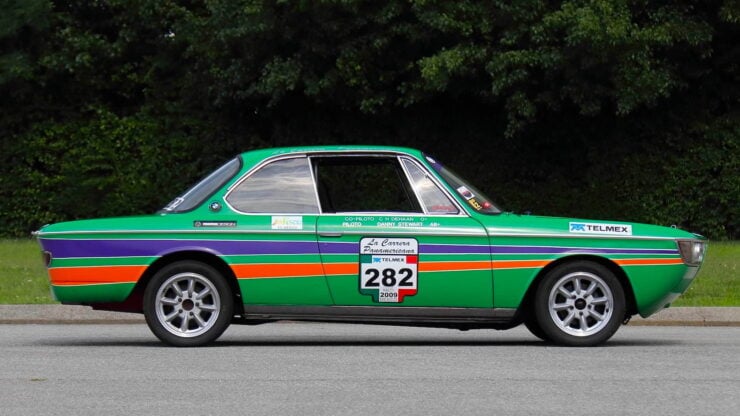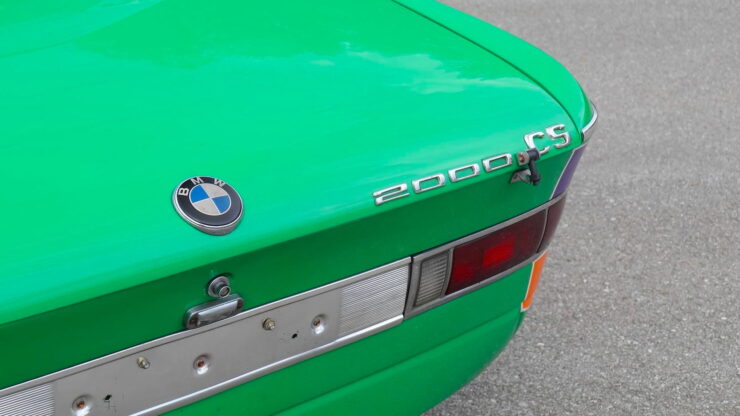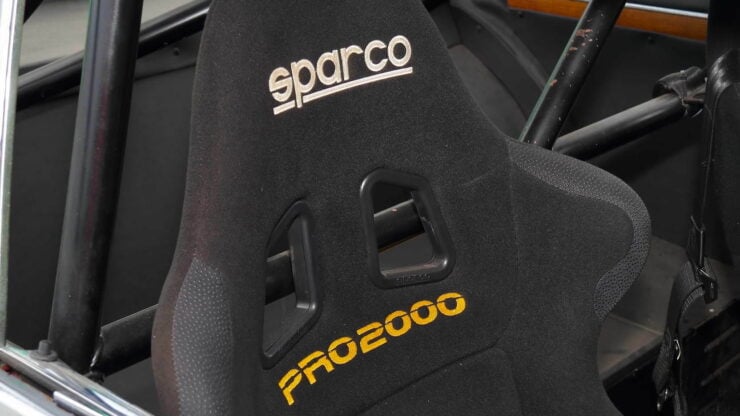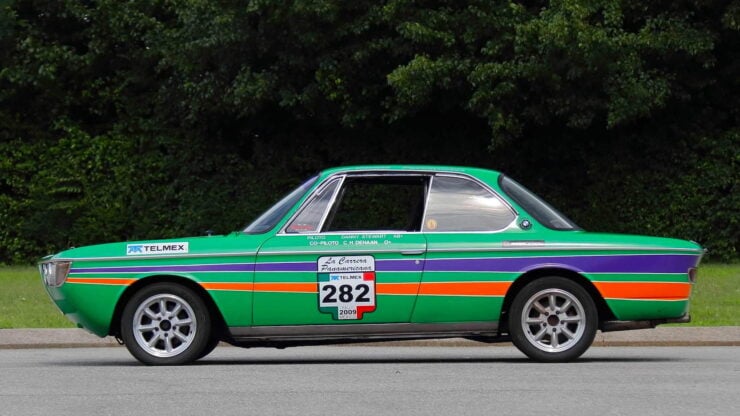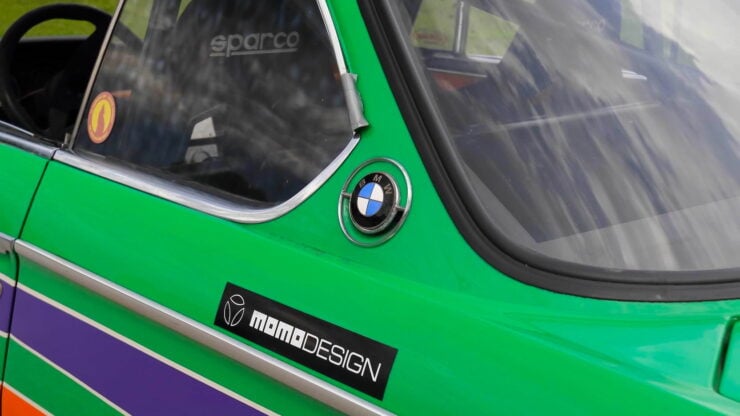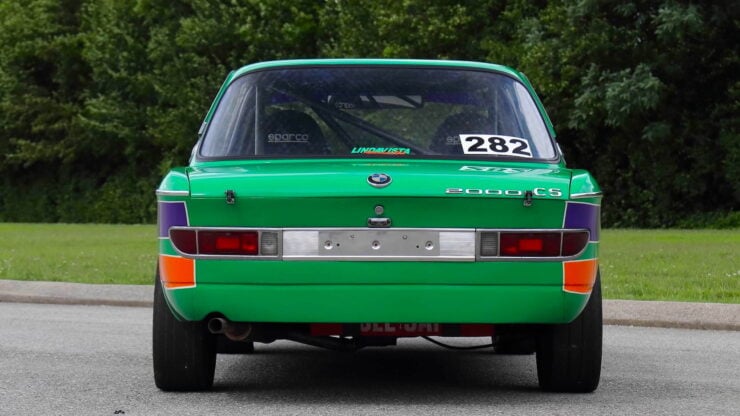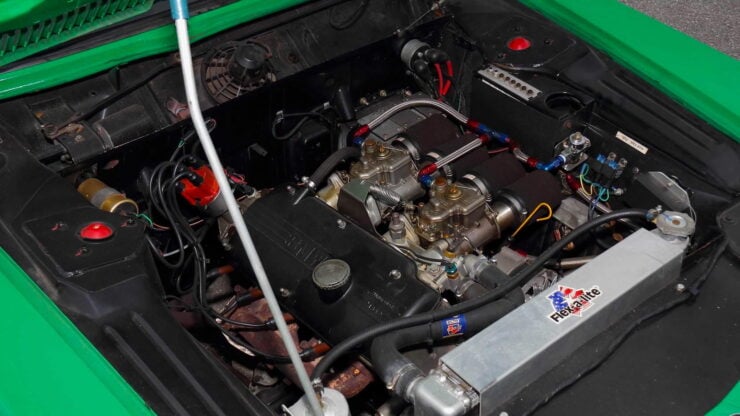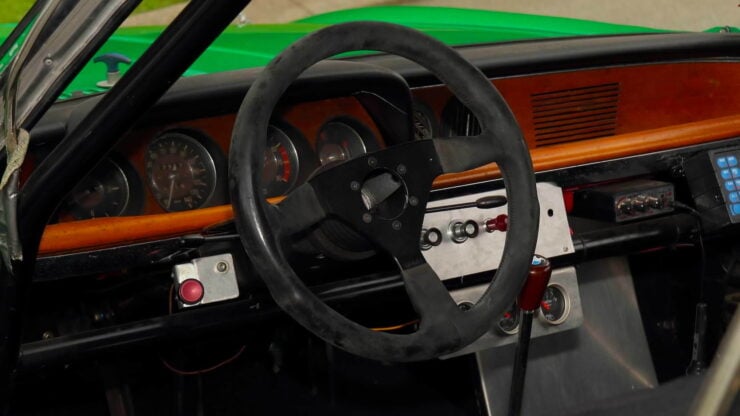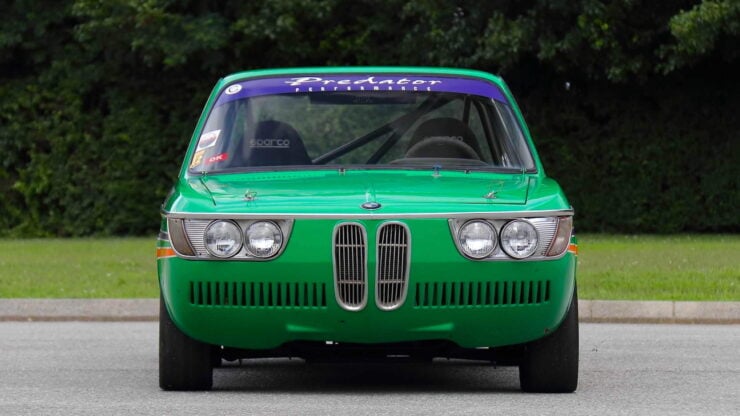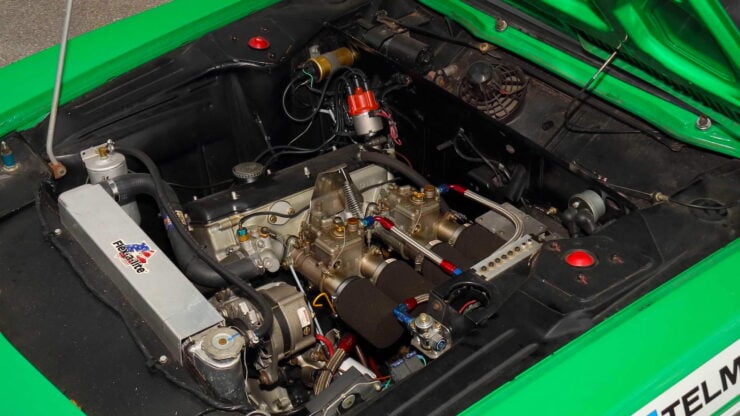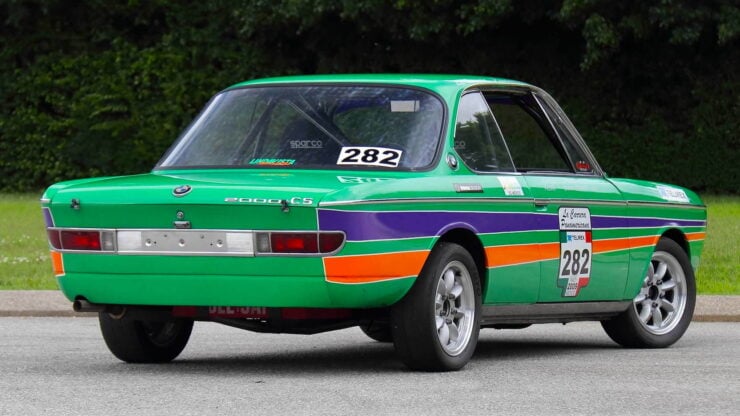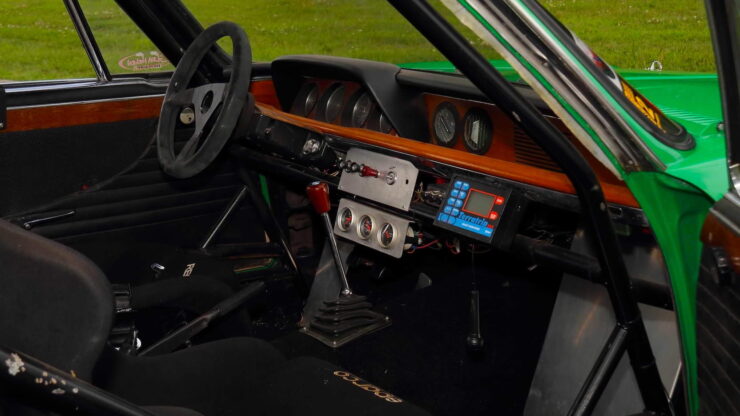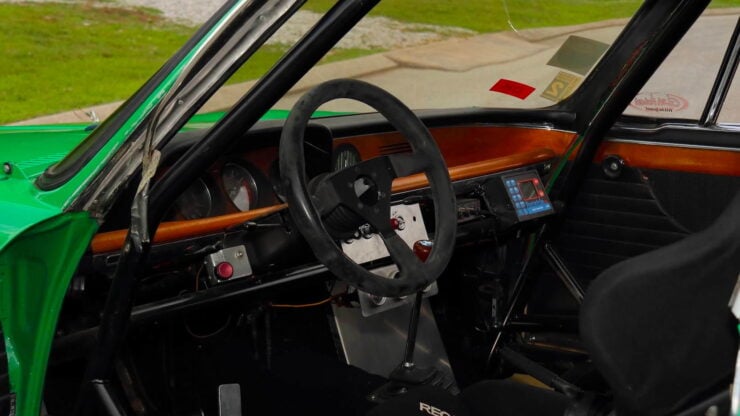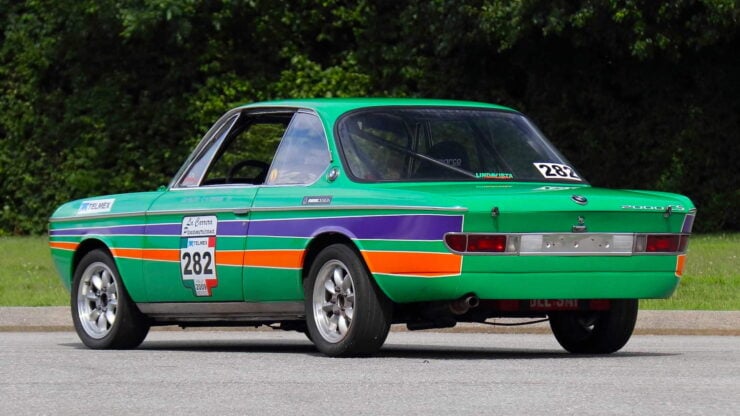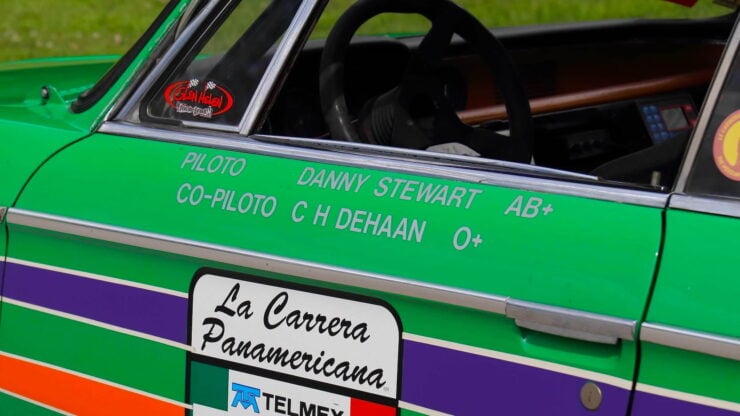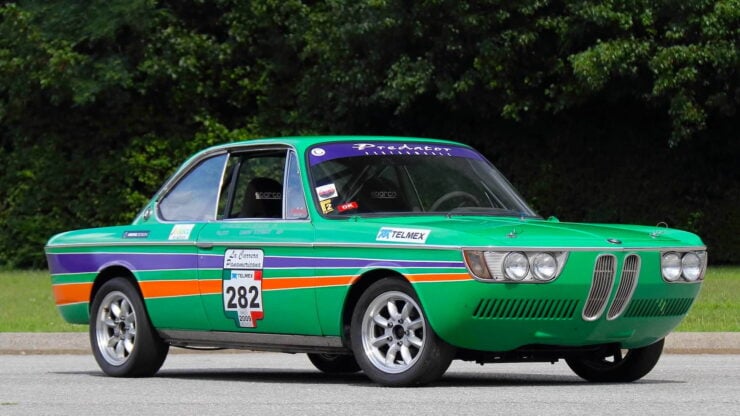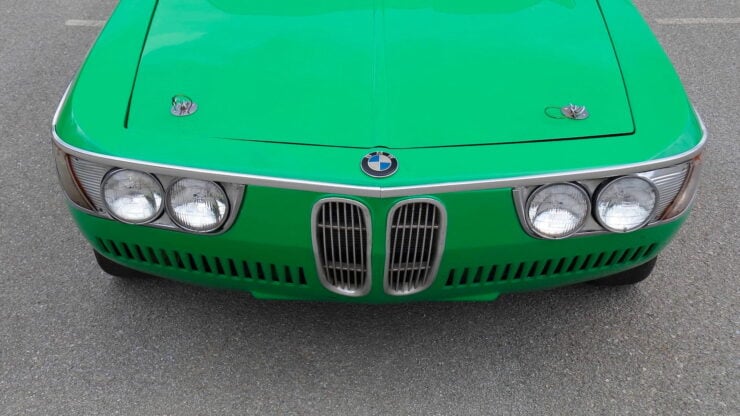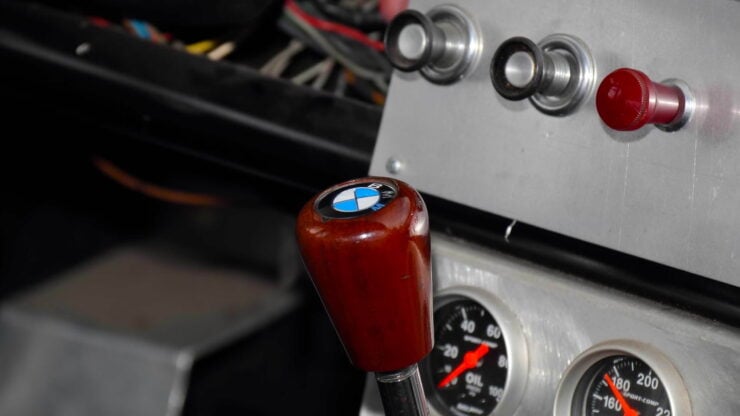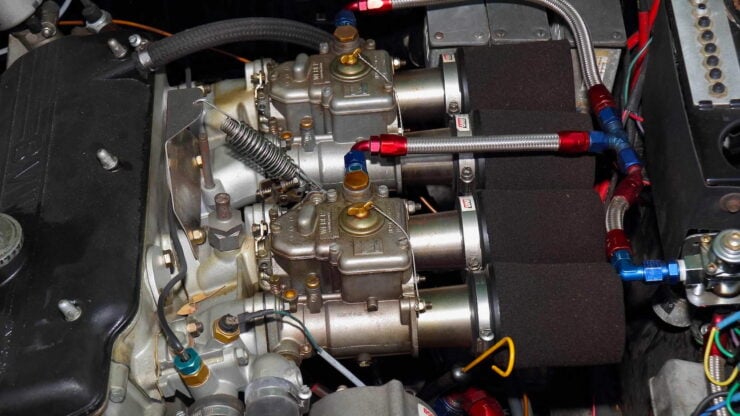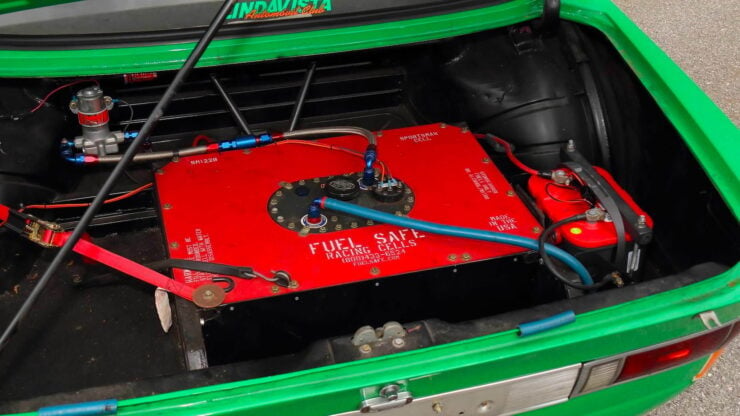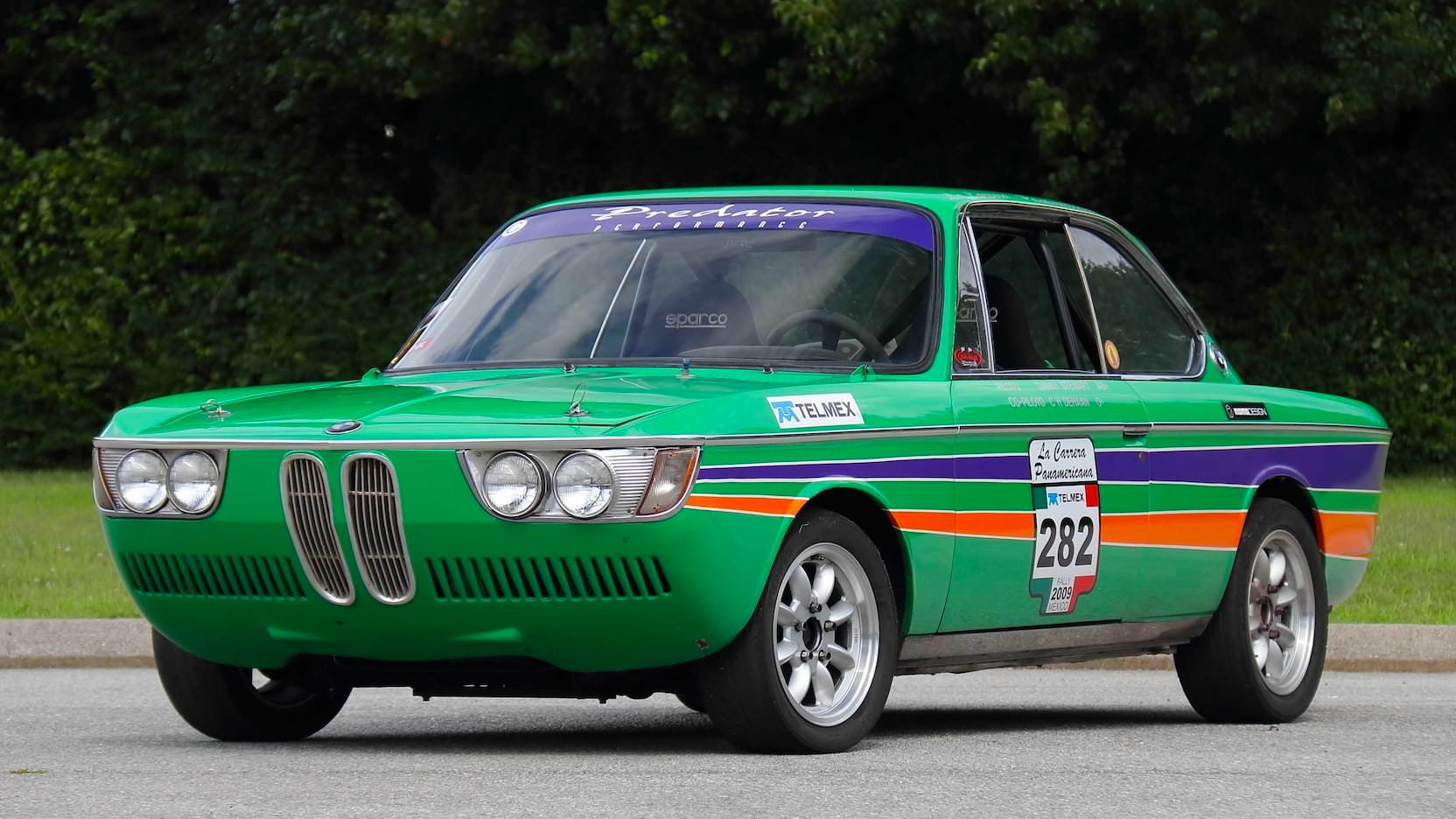They say the Ferrari Dino 308 GT4 is an acquired taste, it’s always been more affordable (and more practical) than many of its siblings from Maranello, but it also had the difficult job of replacing the Dino 246 GT – widely regarded as one of Ferrari’s masterpieces.
The 308 GT4 you see here has been significantly modified, it now has twin Garrett T25 turbochargers and charge cooling feeding into its 3.0 liter V8. To say the car is quick is an understatement, this car was the overall winner in the 1993 RAC MSA Hillclimb Leaders Championship and it set class records at many British hillclimbs over the years.
Fast Facts – A Twin-Turbo Hillclimb Legend
- With its 2+2 seating, room for cargo, a comfortable interior, modern styling, and a potent 255 hp 3.0 liter V8, the 308 GT4 is one of the most practical Ferraris of its generation.
- The 1970s-Gandini styling hasn’t always been popular when compared with its predecessor however its aging well and becoming more desirable with each passing year.
- This would be the first car from the Dino series to carry actual Ferrari badging, from 1975/1976 onwards, and it would be the first production Ferrari to feature a mid-engined V8 layout.
- This 308 GT4 has been significantly modified for racing, with twin turbochargers, charge cooling, lightweight bodywork, a full roll cage, racing starts and harnesses, and OMP fire extinguishers.
The Ferrari Dino 308 GT4
The 308 GT4 has perhaps the most confusing naming history of any production Ferrari model, it was released as the Dino 308 GT4 in 1973 however part way through 1975 Ferrari sent out a memo to dealers telling them to make some changes, one of which was to replace most of the Dino badging with Ferrari badging.
So depending on what year the car is, or even what month, it can be a Dino 308 GT4, a Ferrari Dino 308 GT4, or a Ferrari 308 GT4.
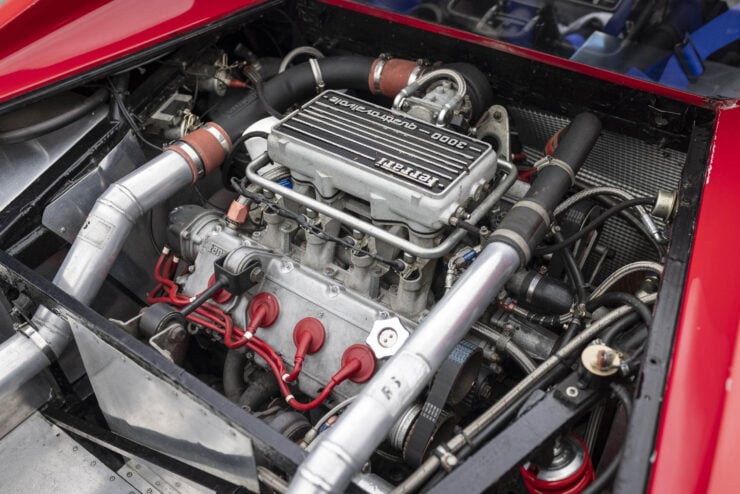
The 3.0 liter V8 is a later all-alloy unit with DOHC per bank and four-valves per cylinder, called the “Quattrovalvole.”
Regardless of what you might call it, the GT4 had its work cutout for it from the get go. It was to be the first production Ferrari to feature the mid-engined V8 layout and it had been tasked with replacing the 246 GT, one of the most beautiful Ferrari-built cars of all time.
The GT4 used a lengthened version of the tubular spaceframe chassis from the 246 GT and a transversely-mounted 3.0 liter V8 with double overhead cams per bank, two valves per cylinder, four Weber 40 DCNF carburetors, and 255 hp.
Public reception to the GT4 was somewhat mixed, it was the only car built by Ferrari being sold in the USA at the time due to emissions restrictions, but buyers were sometimes put off by the thought of paying so much for a Ferrari that didn’t actually carry Ferrari badging. Ferrari righted this in 1975, as mentioned above, and by the time the car left production they had sold 2,826 of them.
Ultimately the GT4 would be replaced by the Ferrari Mondial in 1980, a car that was clearly influenced by its predecessor but that has always struggled to find its place within the Ferrari community.
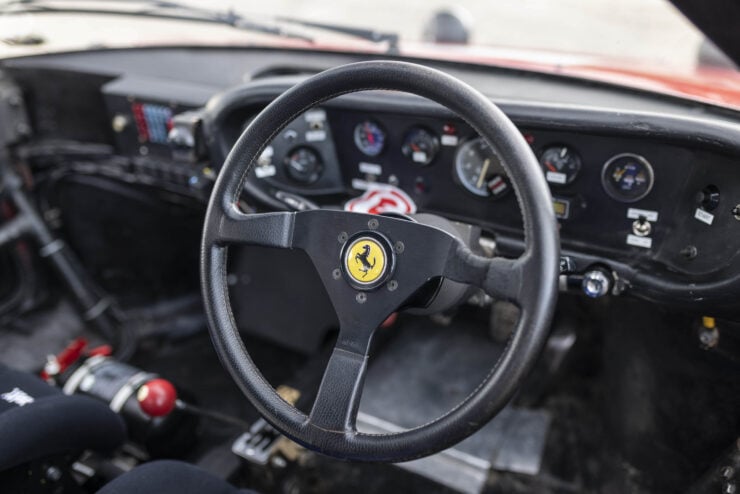
The interior of the car has all of the essentials, anything superfluous has been removed for weight savings and the car now has racing seats with harnesses, a fire suppression system, and a full roll cage.
The Twin-Turbo 308 GT4 Shown Here
The car you see here was modified for hillclimb racing by Tony Lambert in the 1990s. The car became a celebrity of sorts due to its prodigious capabilities, winning the 1993 RAC MSA Hillclimb Leaders Championship, taking a class win the following year, followed by a class win at the 1993 Pound Timber Midland Championship, and class records at Prescott (short and long courses), Loton Park, Wiscombe, Doune, and many others.
The car is fitted with lightweight bodywork, a full roll cage, racing starts and harnesses, OMP fire extinguishers, and a slew of other modifications, though despite all of this it remains road legal in the UK.
In February of this year the car was recommissioned at North Leach-based Ferrari specialist Bob Houghton, the final bill came to £12,000 and it included new seats, harnesses, and fire extinguishers. The engine was serviced, shock absorbers reconditioned, and new brake pads and tyres were fitted.
It’s now being auctioned live online by The Market by Bonhams, with a price guide of £35,000 – £55,000. If you’d like to read more about it or register to bid you can click here to visit the listing.
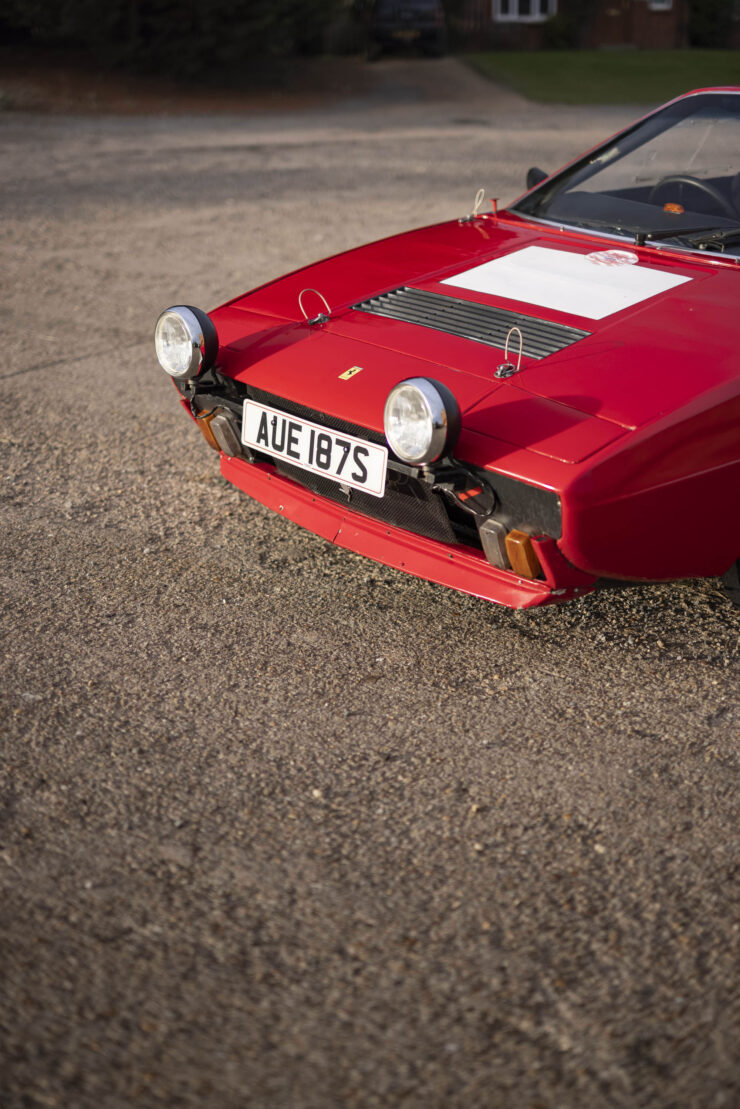
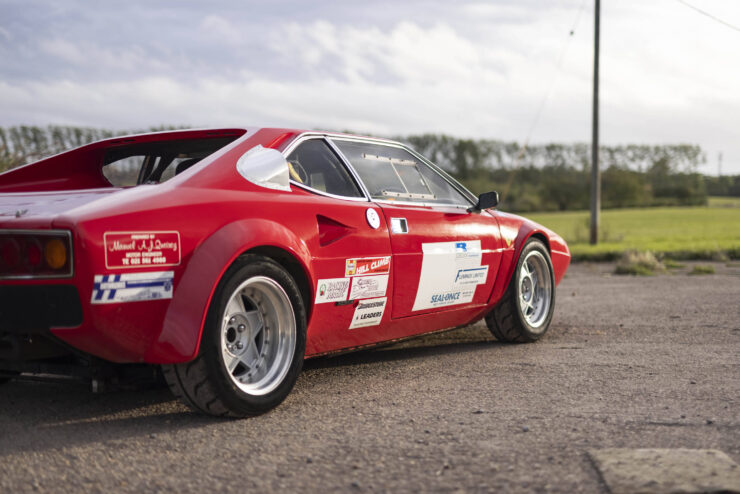
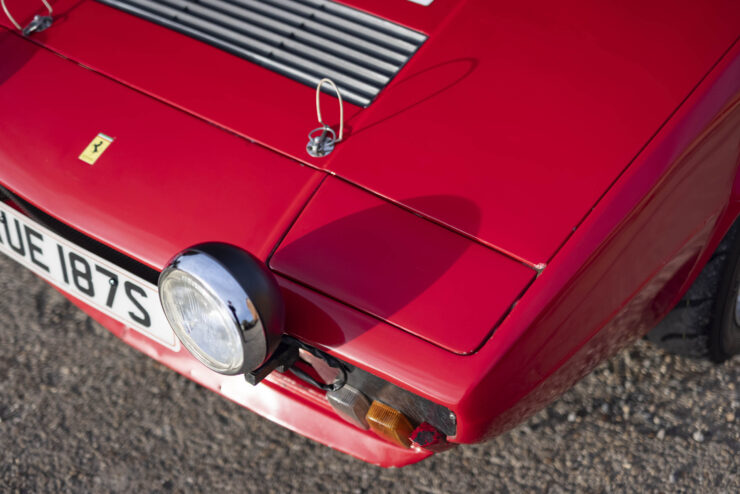
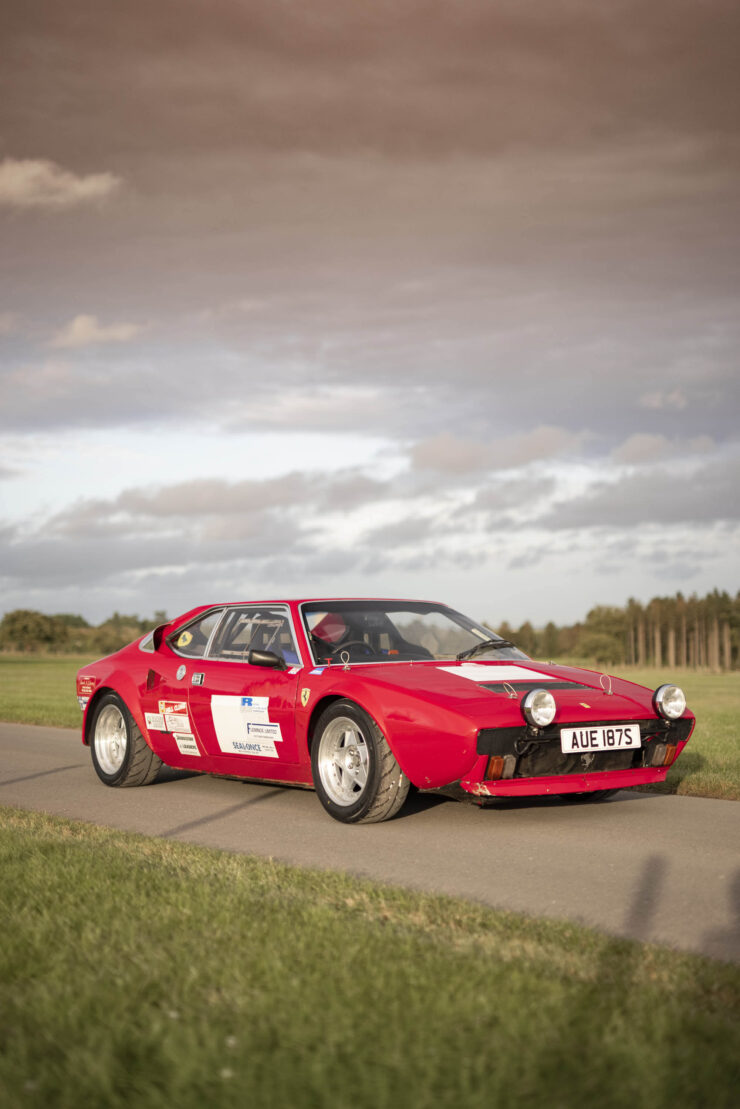
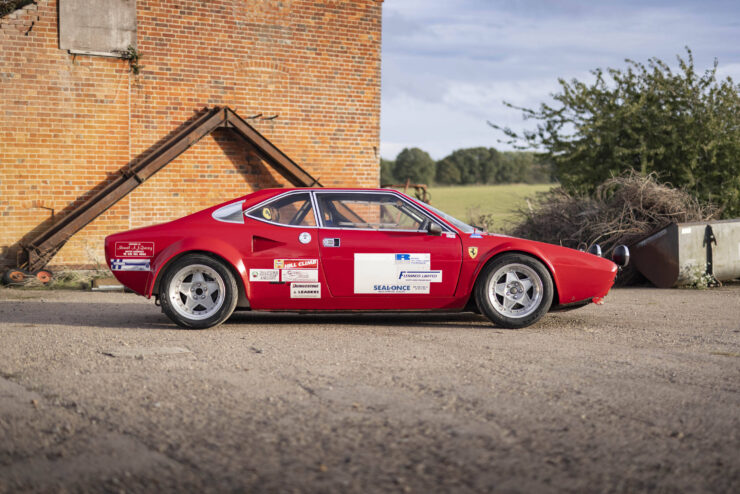
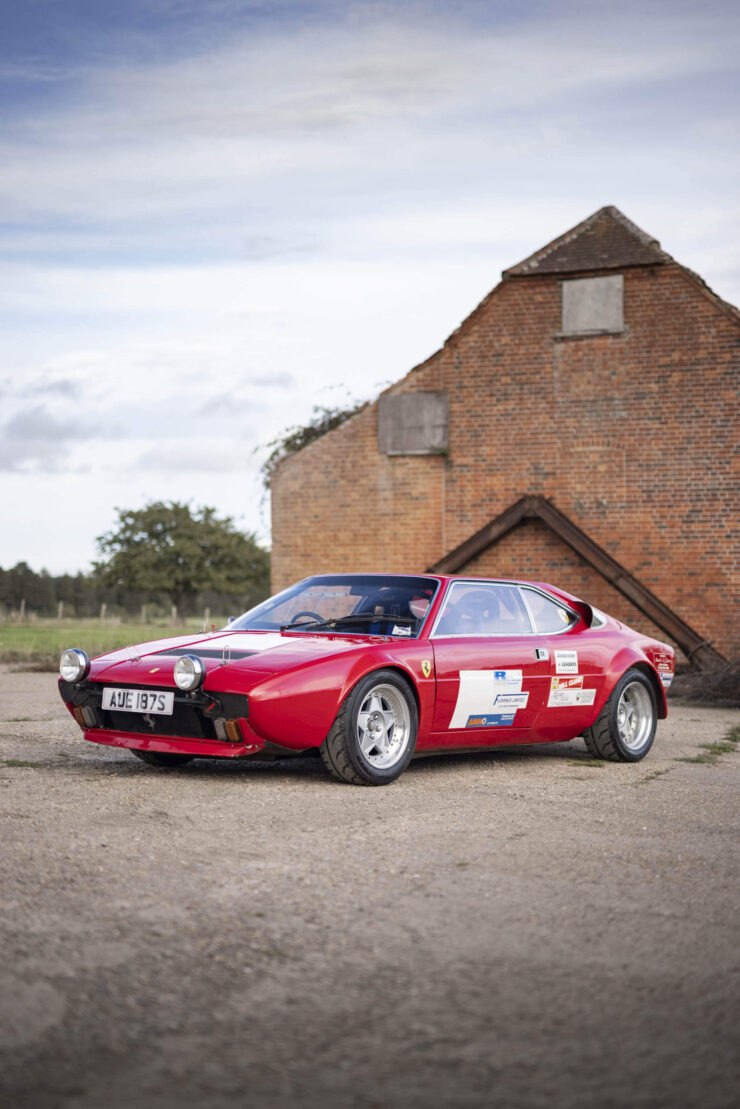
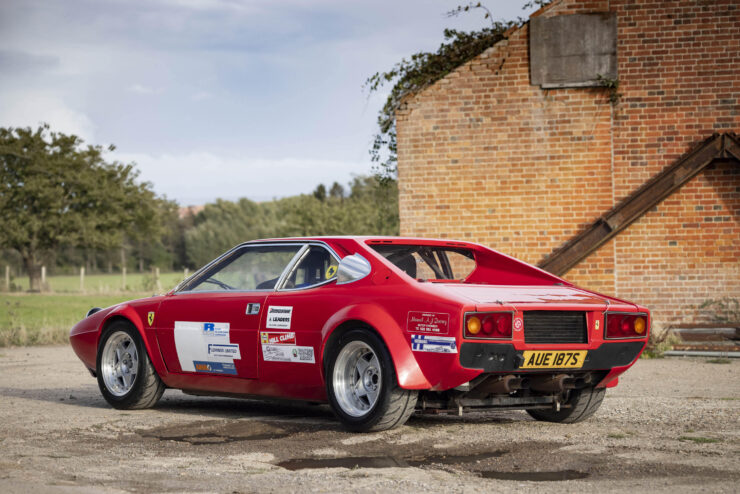
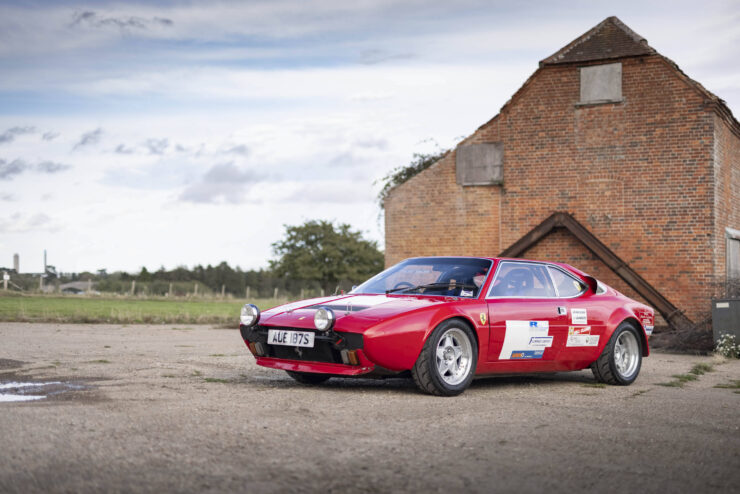
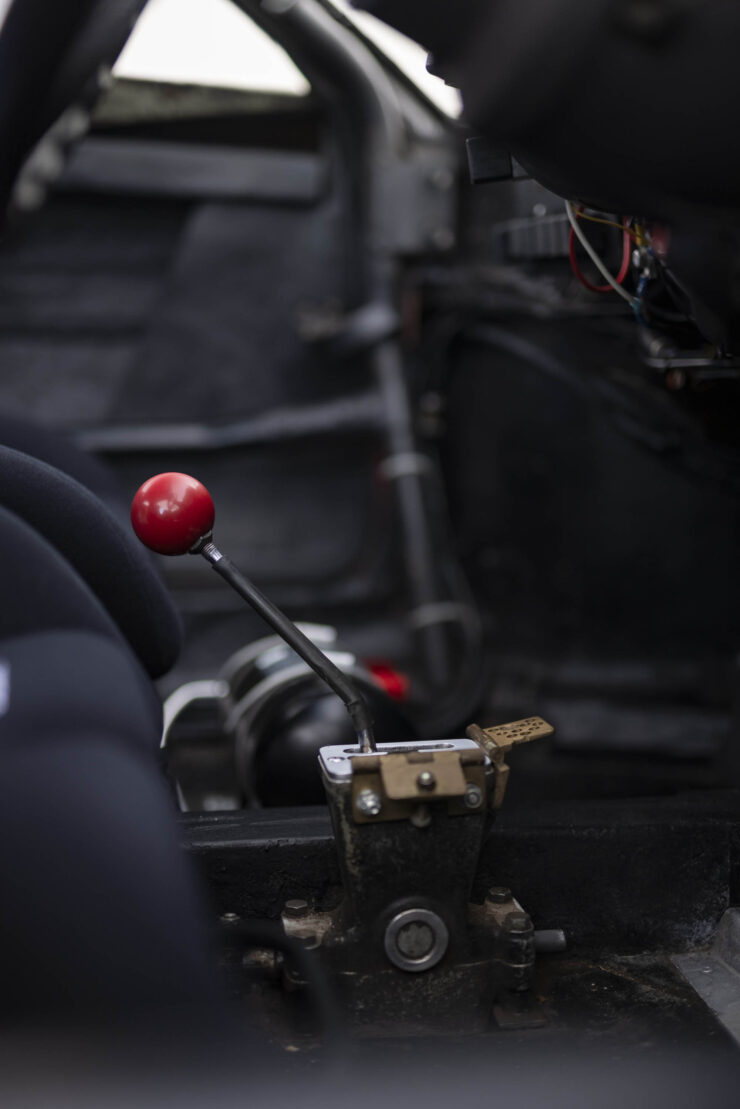
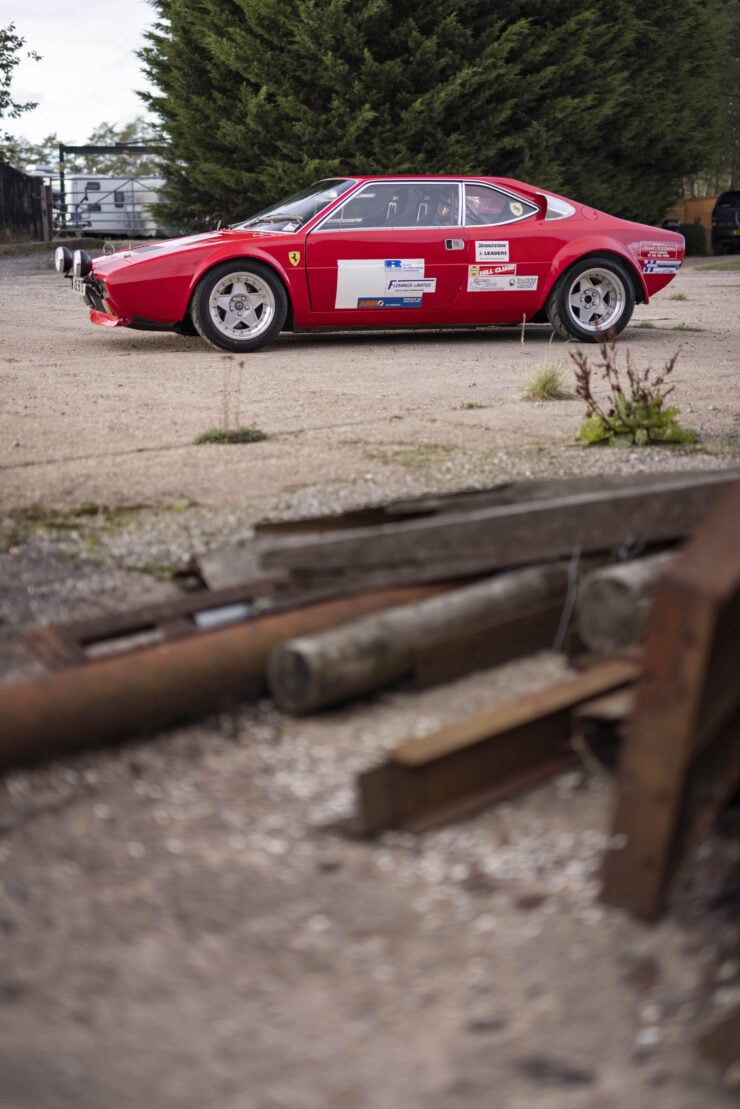
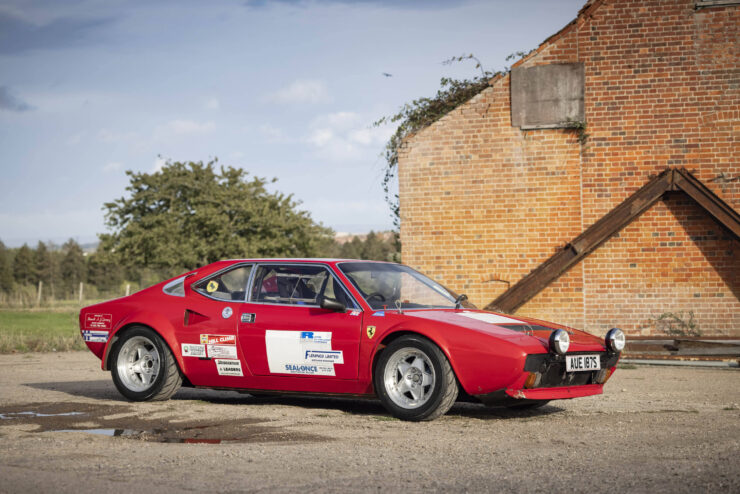
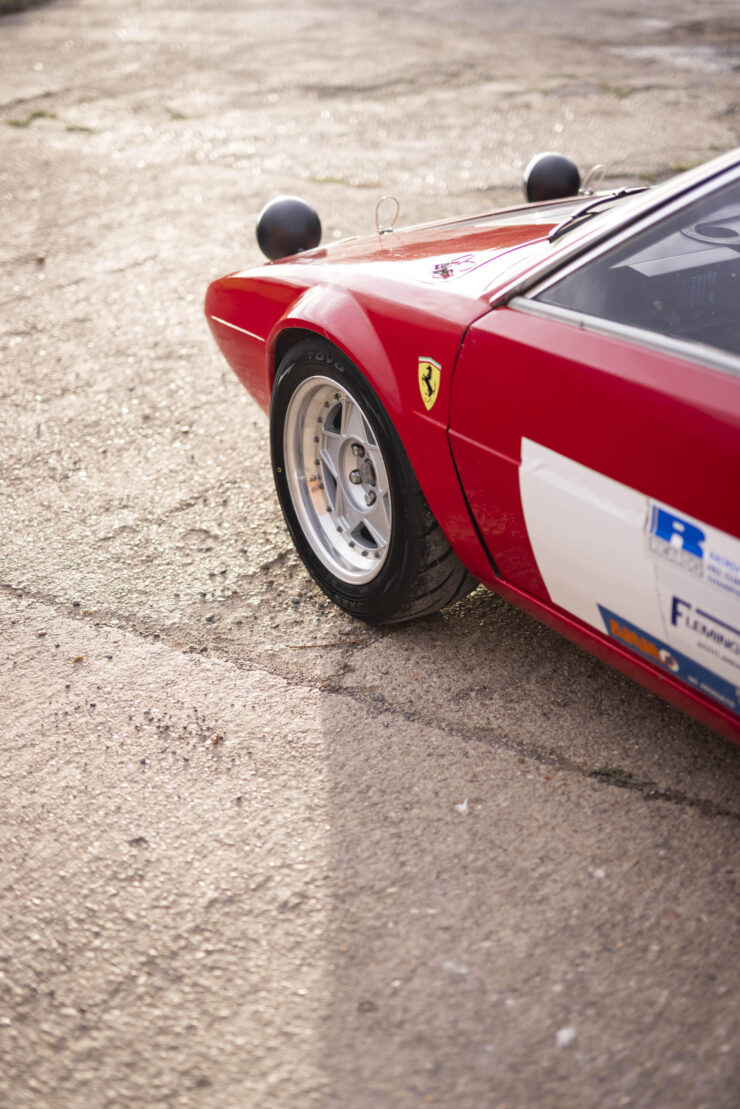
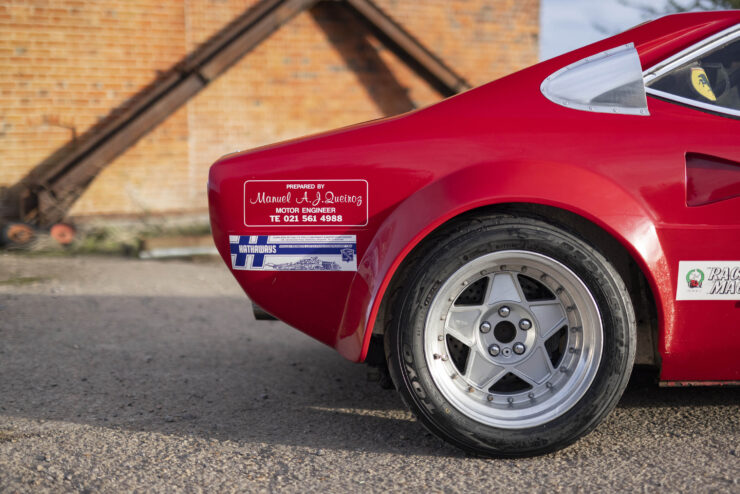
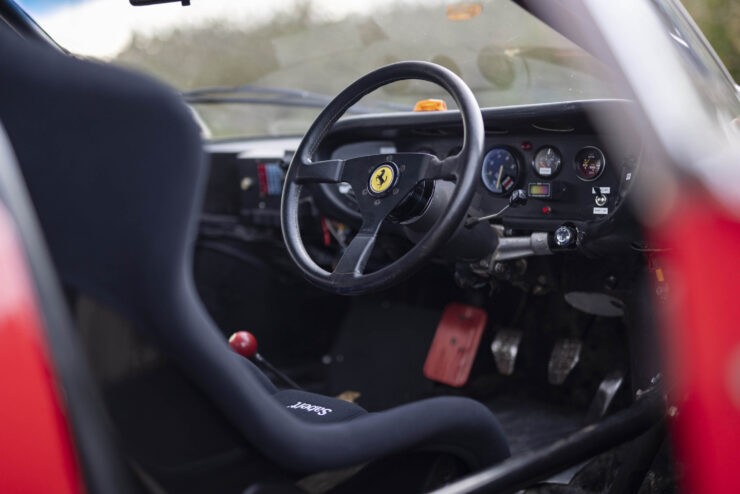
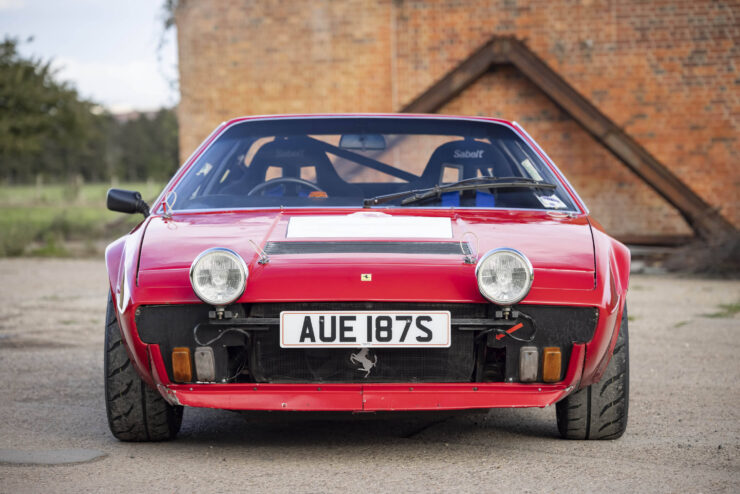
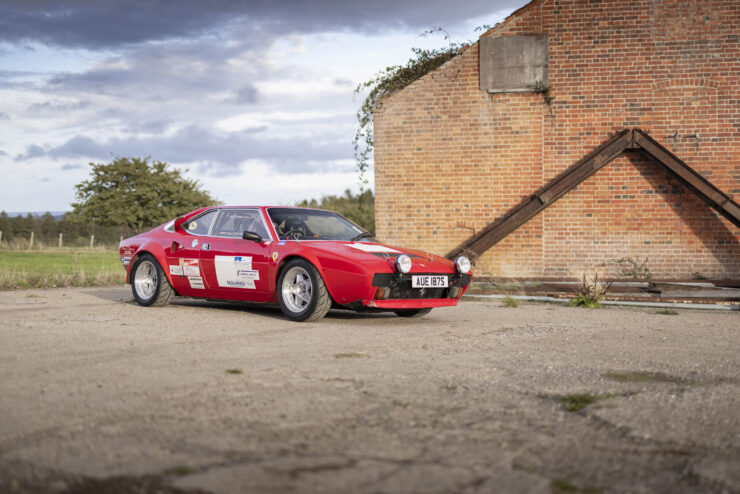
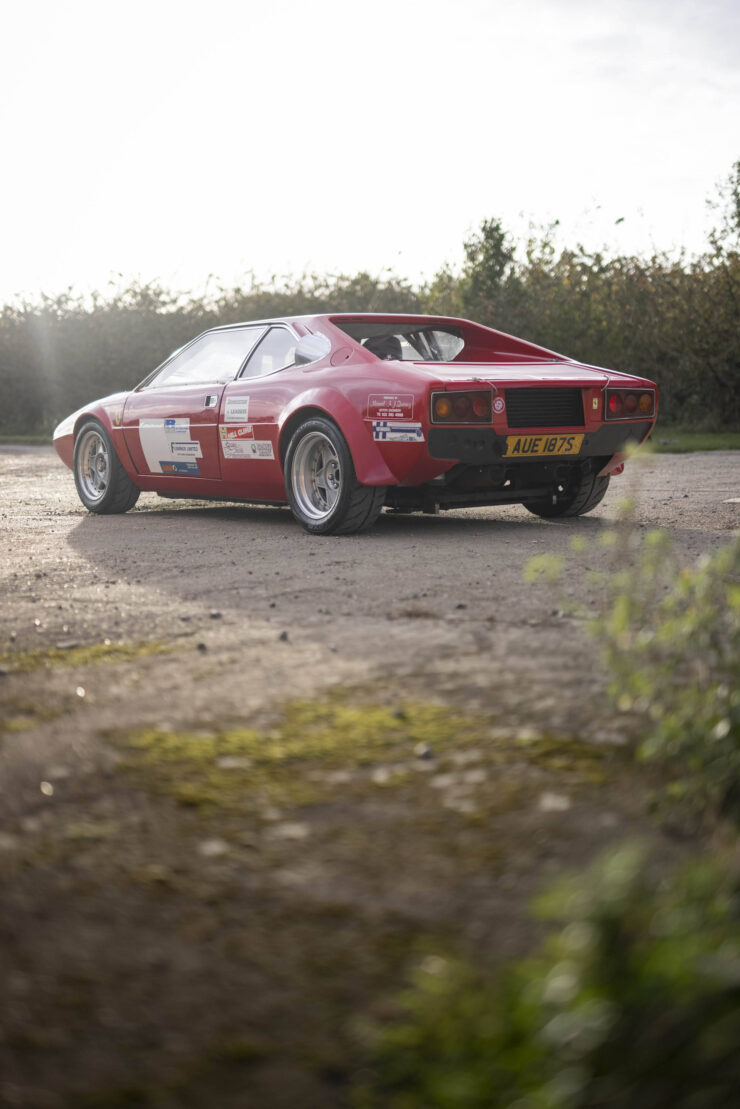
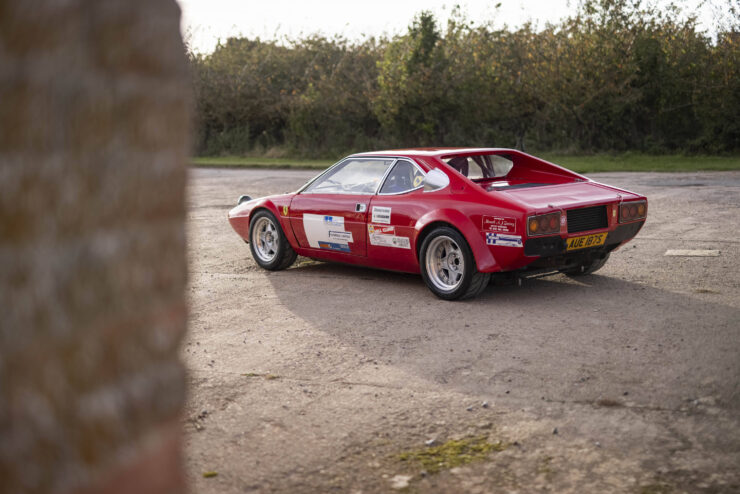
Images courtesy of Bonhams
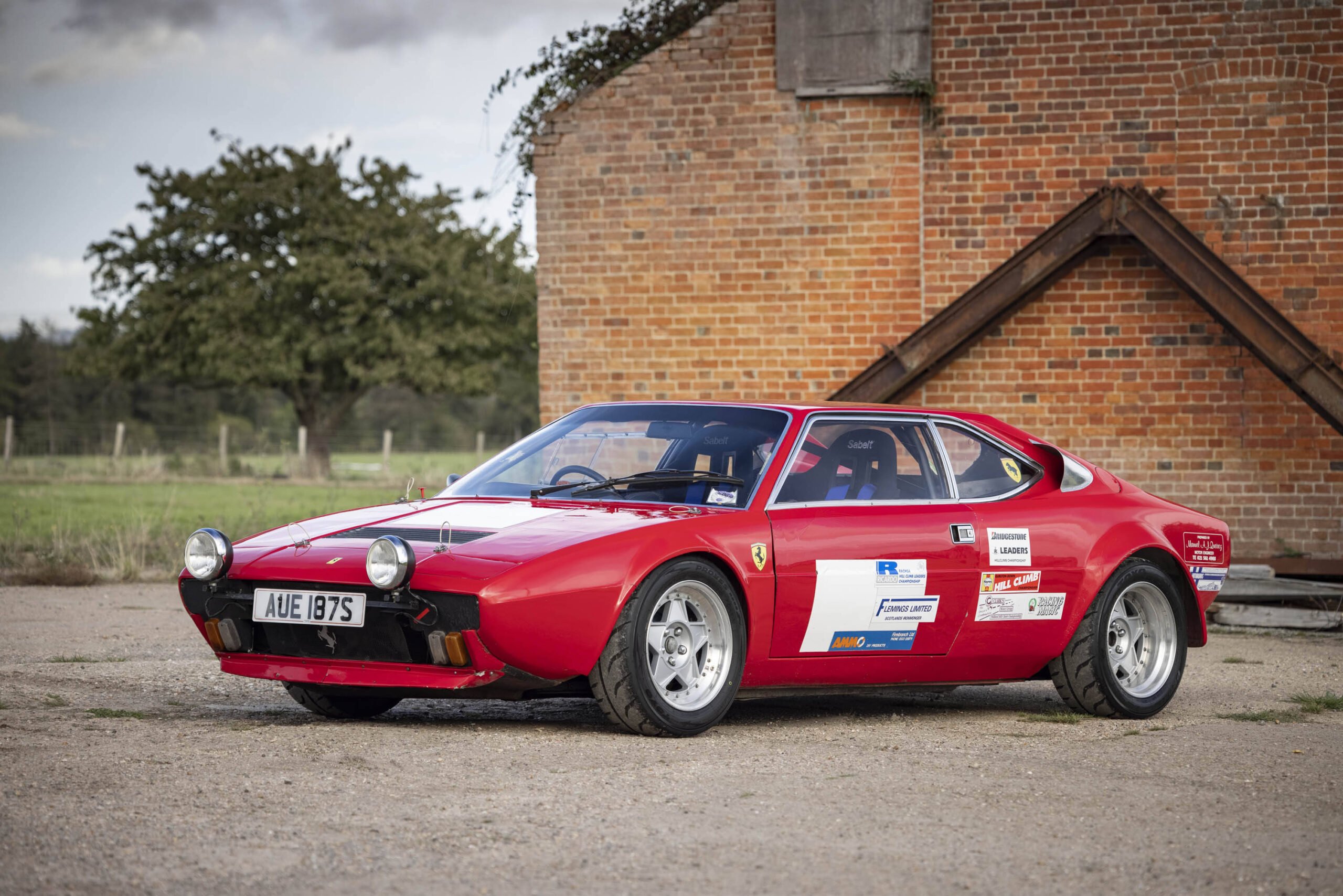
The post A Twin-Turbo Ferrari Dino 308 GT4 Road Legal Race Car appeared first on Silodrome.
from Silodrome https://silodrome.com/a-twin-turbo-ferrari-dino-308-gt4-road-legal-race-car/
via gqrds




















